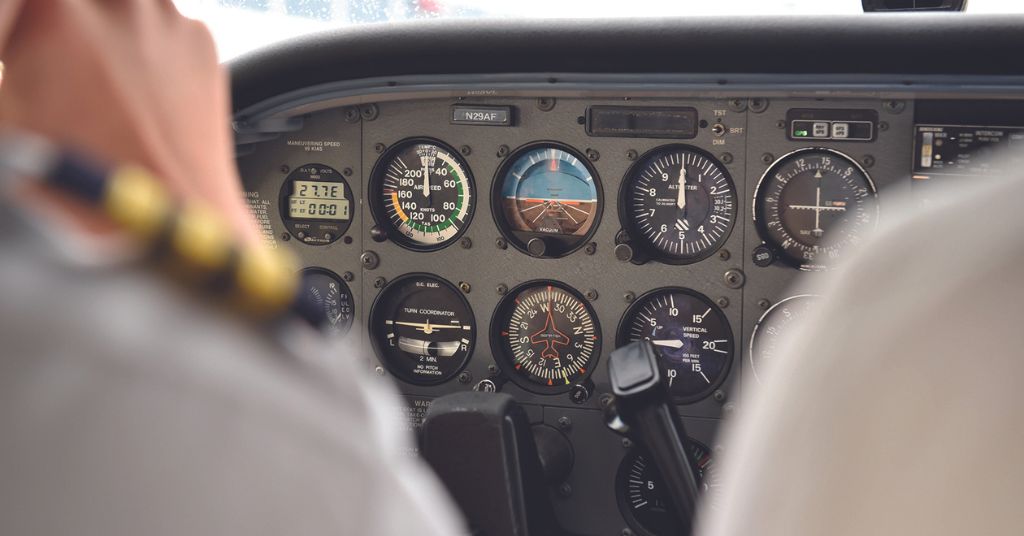There are various reasons why people become pilots, and likewise, there are various reasons why pilots become flight instructors. However, there are a few reasons why flight instructors don’t become instrument instructors, and that is mainly due to a lack of understanding. That understanding is how much better you become as an instrument pilot when you teach other pilots how to fly in non-visual conditions.
Due to the pilot shortage, many pilots have become so focused on obtaining hours that they overlook the value in the quality of the time they amass. As a CFI, you hone in on your skills in landings, maneuvers, and VFR cross-country flying. However, these areas reflect only a small portion of what will be demanded of you when you “make it” to the airlines. There is very little direct relationship between landing a 172, flying Chandelles or lazy eights, and flying a jet. Having said that, there is a direct and immediate relationship between flying instruments, regardless of whether you are flying a 172 or a 747. The skills and procedures necessary for both, apart from altitude and airspeed, are, for the most part, the same. So why short-change yourself during the most valuable part of your initial experience as a professional pilot by not earning your CFI-I (Certified Flight Instructor – Instrument) and perfecting those instrument skills?
Consider this: the low and high-altitude charts that you use for general aviation flying are the same ones used for airlines. Some general aviation pilots may use NOAA and others Jeppesen charts, but the information and airways are exactly the same. The terminal procedures that you use for general aviation and airlines are also the same. So, what is the difference between flying an approach at 90 kts versus 180 kts? The only difference can end up being a little more than a one-minute variance between the final approach fix and the missed approach point. What is the difference when flying on a Victor Airway at 110 kts or 500 kts? Only the time to get to the next point; otherwise, everything else is the same.
Why am I writing about all these obvious observations? The answer is that the quality of the time you spend while flying at 110 kt airspeed need not be underestimated. As an instrument instructor, you are forced to stay ahead of the aircraft, ahead of the flight plan, and ahead of the approach. This means that many times, you are halfway through the flight mentally before you even take off. You have spent several hundred hours flying on airways, simulating emergencies, simulating communication failures, and entering holds based on every possible holding fix. By the time you get to the airlines, you are mostly already prepared for the flying environment, which leaves you with more time to focus on learning about your new airplane.
When you are on the line, you can handle it regardless of what is thrown your way because you have most likely experienced some or most of the elements that you are dealing with. Don’t be fooled into thinking that the benefits listed above only affect you. Airlines understand the importance as well. Just the other day, I was talking with a captain about the current state of the industry, and we ended up discussing this very topic of “quality hours.” As one of the hiring managers, he said he’s seen all sorts of different experience levels come through his door looking to be hired, many with hours equaling the 1500-hour requirement. He said something pretty profound—he mentioned that when they consider hiring a new first officer, one of the first things they look at is how the pilot got those hours. If they obtained them working in a position that had them continually testing and improving their instrument skills, they are likely to be put through to the next round of the process. If they obtained those hours through “fun flying” or doing something like banner-towing, they were less likely to make it to the next round because the chance of their instrument skills being up to speed was highly unlikely.
So why the double I? The short answer is that it will prepare you for the airlines in ways that you may not be able to see or imagine right now. You have already invested a lot of time and money into your training. Do not stop short of the most valuable ticket you can have currently. It only takes a couple of weeks to earn, and the ROI will last you a lifetime.










